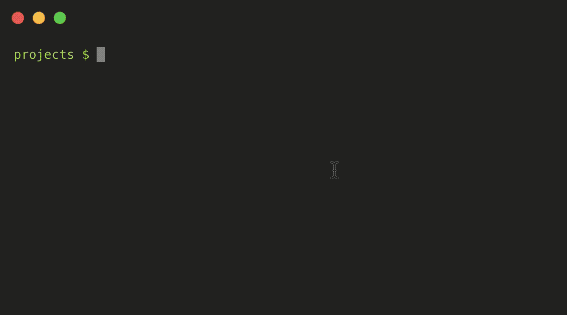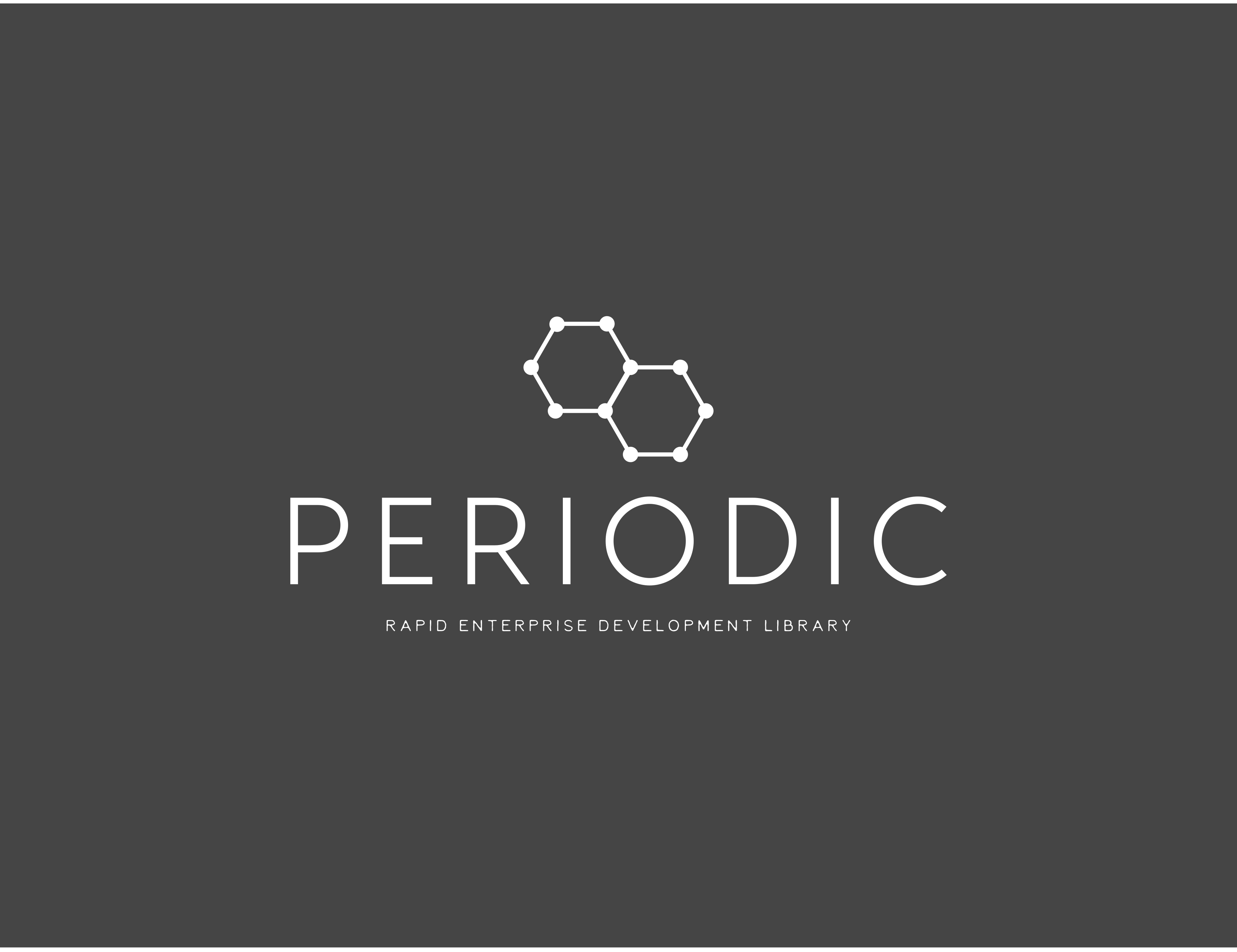
Security News
Create React App Officially Deprecated Amid React 19 Compatibility Issues
Create React App is officially deprecated due to React 19 issues and lack of maintenance—developers should switch to Vite or other modern alternatives.
periodicjs
Advanced tools
Periodic is a rapid enterprise application framework for data driven web and mobile applications.

With Periodic 10, you can get up and running with periodic with zero configuration. It takes 30 seconds to create your first application server with periodic.
$ npm install periodicjs -g
$ periodicjs setup [name-of-application]
$ cd [name-of-application]
$ npm install
$ npm start [name of environment]
$ npm install periodicjs -g
Periodic comes with a built in CLI, REPL and other tools to fast track development. Using the CLI is completely optional.
$ periodicjs setup [name-of-application]
The setup command will create a zero-configuration scaffolded node.js web application.
setup command create's a new directory for your application, this directory is what is referred to as the app_root or your application root.app_root directory is created, two scaffolded package.json and index.js files are created//example ES6 import periodic from 'periodic'; //periodic singleton
//example index.js - ES5
'use strict';
const periodic = require('periodicjs'); //periodic singleton
periodic.init()
.then(console.log.bind(console)) //log startup status
.catch(console.error.bind(console)) //log any errors
{
"name": "[name-of-application]",
"description": "Simple app server.",
"version": "0.0.1",
"main": "index.js",
"engines": {
"node": "^6.x"
},
"scripts": {
"start": "node index.js --e",
"test": "mocha -R spec --recursive"
},
"dependencies": {
"periodicjs": "^10.0.0"
}
}
$ cd [name-of-application]
$ npm install
The scaffolded package.json file only has one dependency periodicjs. In order to use multiple databases you may need to install other dependencies (read more about configuring periodic).
$ npm start [name of environment]
Periodic requires a runtime environment to be defined when your application starts. Your periodic application can have an unlimited number of environments all with different configuration settings.
$ node index.js development
$ NODE_ENV=development node index.js
$ ENV=development node index.js
$ node index.js -e development
$ node index.js --e=development
const periodic = require('periodicjs');
function someMiddleWareFunction(req, res){
const viewtemplate = 'user/profile';
const viewdata = req.user.profile;
periodic.core.controller.renderView(req, res, viewtemplate, viewdata);
}
$ periodicjs [extension|ext|container|con] [name] [task] [args]
$ periodicjs extension periodicjs.ext.dbseed export path/to/some/seedfile.json
---
$ npm i [name-of-extension]
$ periodicjs addExtension [name-of-extension]
---
$ npm rm [name-of-extension]
$ periodicjs removeExtension [name-of-extension]
---
$ periodicjs createExtension [name-of-extension]
$ periodicjs createConfig [type] [name] [environment] [filepath]
---
$ periodicjs createConfig extension periodicjs.ext.dbseed development ~/Desktop/dev.dbseed-config.json
$ periodicjs createConfig application my-web-app development ~/Desktop/dev.application-config.json
---
$ periodicjs addConfig path/to/some/file.json
$ periodicjs addConfig ~/my-documents/my-app-config.json
---
$ periodicjs removeConfig [id-of-db-config]
$ periodicjs removeConfig 5914a3711a04c73349623be5
[type]
$ periodicjs repl
$ #alternatively
$ node [path/to/app_root/]index.js --cli --repl
NEXT: How Periodic works

Periodic provides:
We have a friendly, growing community and welcome everyone to get involved.
Here are some ways:
periodicjsIf you can, please contribute by reporting issues, discussing ideas, or submitting pull requests with patches and new features. We do our best to respond to all issues and pull requests within a day or two, and make patch releases to npm regularly.
PeriodicJS is a free and open source community-driven project. Thanks to our many contributors and users for making it great.
Periodic's development is led by Yaw Etse, Jan Bialostok and Alan Garcia.
(The MIT License)
Copyright (c) 2017 repetere
Permission is hereby granted, free of charge, to any person obtaining a copy of this software and associated documentation files (the 'Software'), to deal in the Software without restriction, including without limitation the rights to use, copy, modify, merge, publish, distribute, sublicense, and/or sell copies of the Software, and to permit persons to whom the Software is furnished to do so, subject to the following conditions:
The above copyright notice and this permission notice shall be included in all copies or substantial portions of the Software.
THE SOFTWARE IS PROVIDED 'AS IS', WITHOUT WARRANTY OF ANY KIND, EXPRESS OR IMPLIED, INCLUDING BUT NOT LIMITED TO THE WARRANTIES OF MERCHANTABILITY, FITNESS FOR A PARTICULAR PURPOSE AND NONINFRINGEMENT. IN NO EVENT SHALL THE AUTHORS OR COPYRIGHT HOLDERS BE LIABLE FOR ANY CLAIM, DAMAGES OR OTHER LIABILITY, WHETHER IN AN ACTION OF CONTRACT, TORT OR OTHERWISE, ARISING FROM, OUT OF OR IN CONNECTION WITH THE SOFTWARE OR THE USE OR OTHER DEALINGS IN THE SOFTWARE.
FAQs
Periodic is a rapid enterprise application framework for data driven web and mobile applications.
The npm package periodicjs receives a total of 67 weekly downloads. As such, periodicjs popularity was classified as not popular.
We found that periodicjs demonstrated a not healthy version release cadence and project activity because the last version was released a year ago. It has 2 open source maintainers collaborating on the project.
Did you know?

Socket for GitHub automatically highlights issues in each pull request and monitors the health of all your open source dependencies. Discover the contents of your packages and block harmful activity before you install or update your dependencies.

Security News
Create React App is officially deprecated due to React 19 issues and lack of maintenance—developers should switch to Vite or other modern alternatives.

Security News
Oracle seeks to dismiss fraud claims in the JavaScript trademark dispute, delaying the case and avoiding questions about its right to the name.

Security News
The Linux Foundation is warning open source developers that compliance with global sanctions is mandatory, highlighting legal risks and restrictions on contributions.